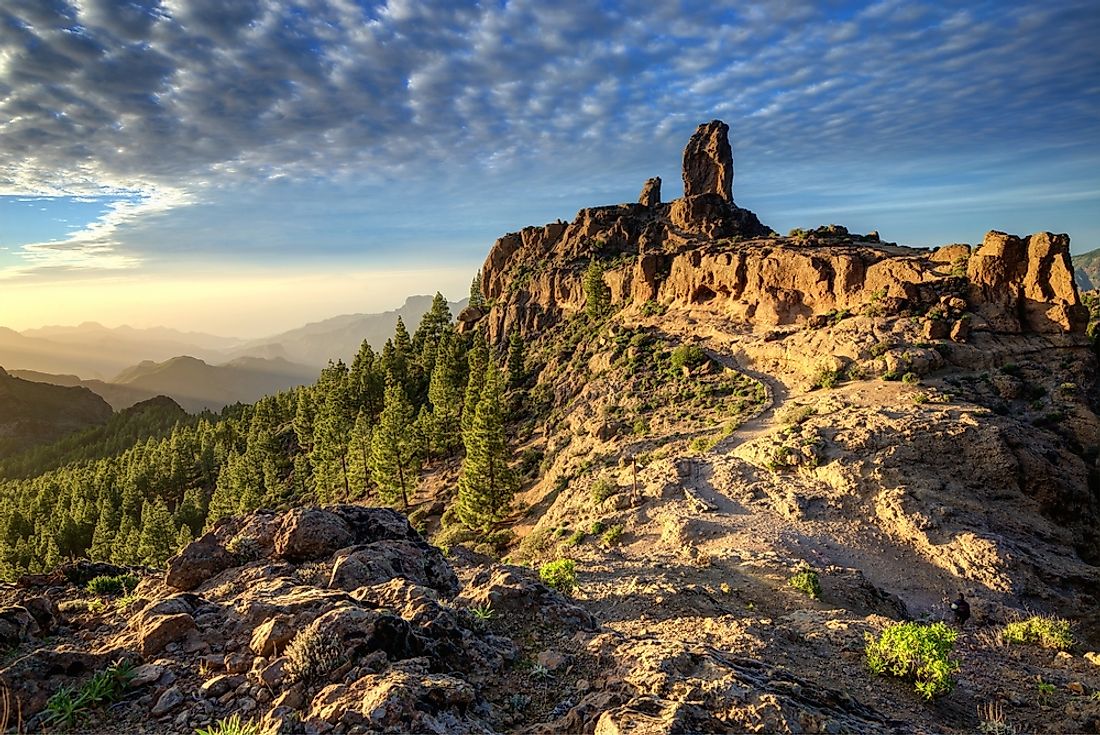What Is A Microclimate?

A microclimate, as shown by science, is a place in the world that has a local set of atmospheric conditions that differ from the rest of the areas surrounding the place. These differences may be slight or substantial depending on a wide range of factors such as the aspect of a given region.
Usually, a microclimate refers to regions that range in sizes. They can range from being a few square feet such as a garden bed or they can be as large as many square kilometers with unique climatic conditions. Microclimates can be found in multiple places around the globe. Two main parameters that are used to define a microclimate within a given area are temperature and humidity.
Factors that Influence a Microclimate
There are many factors that influence a microclimate. Firstly, microclimates exist in close proximity to bodies of water which can cool the atmosphere in the local areas. Secondly, they have been observed to exist in the urban regions where the material of the structures such as concrete absorb the energy of the heat. Thirdly, the slope of a region plays a key role in contributing to a microclimate. Research has shown that south-facing slopes in the Northern Hemisphere and north-facing slopes in the Southern Hemisphere receive much more direct light from the sun than the opposite slopes. This consequently makes them warmer for longer periods of time causing the slope to have a warmer microclimate than the areas near the slope. Lastly, the lowest area of a narrow valley has been seen to frost readily compared to the adjacent regions up the valley. This can be explained by the fact that cold air sinks and hence a drying breeze may not reach the lowest bottom of the valley. Therefore, the humidity will persist and precipitate and eventually freeze creating a microclimate.
Significance of a Microclimate
Some microclimates around the world have proved to be useful as they give gardeners a small growing region for a wide variety of crops that are incapable of thriving in the surrounding larger area. This provides a great opportunity for the gardeners to select and position their crops in the best of climatic conditions.
Microclimates are also purpose-made environments that can be in an enclosed space whereby they are created, manipulated and maintained in places such as art displays and storage units. This is conducted using passive techniques such as silica gel or active control tools for microclimates.
The type of soil in a given region can highly influence microclimates whereby soils heavy in clay are known to moderate temperatures close to the ground. In contrast, soil that contains many air pockets provides an allowance for heat to be trapped underneath the topsoil giving rise to induced chance of frost at the ground level.











